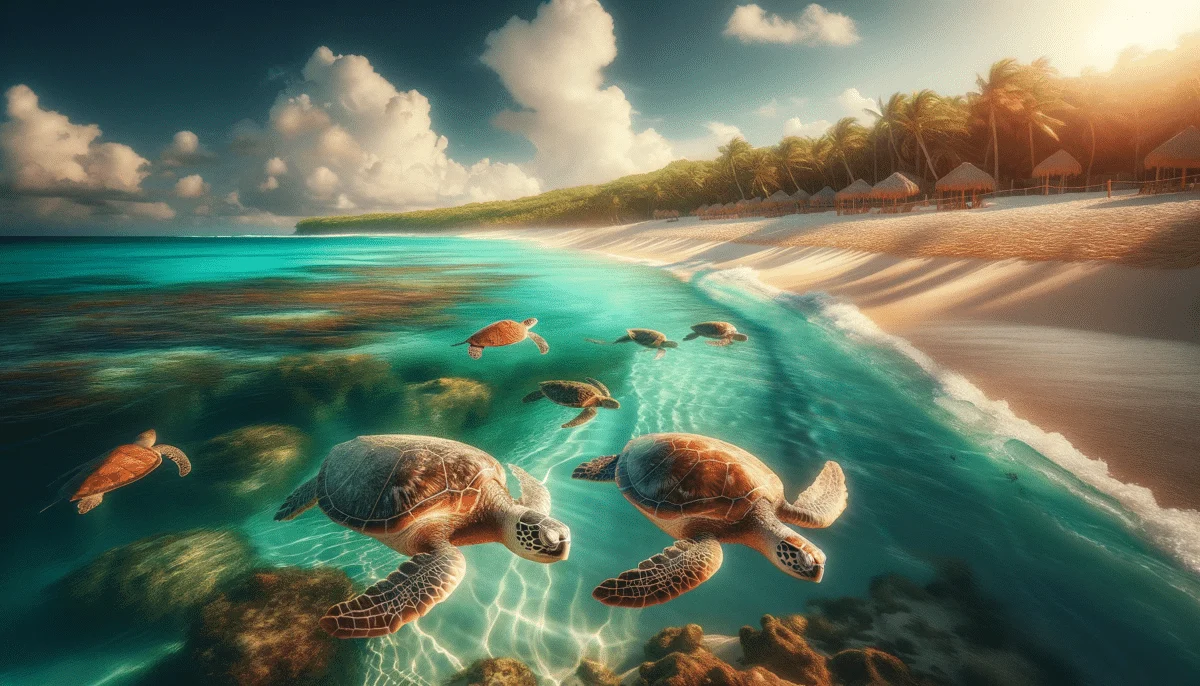In the delicate dance between nature’s triumphs and environmental challenges, a new chapter unfolds on U.S. beaches – a record-breaking surge in sea turtle nests emerges amidst the looming specter of global warming.
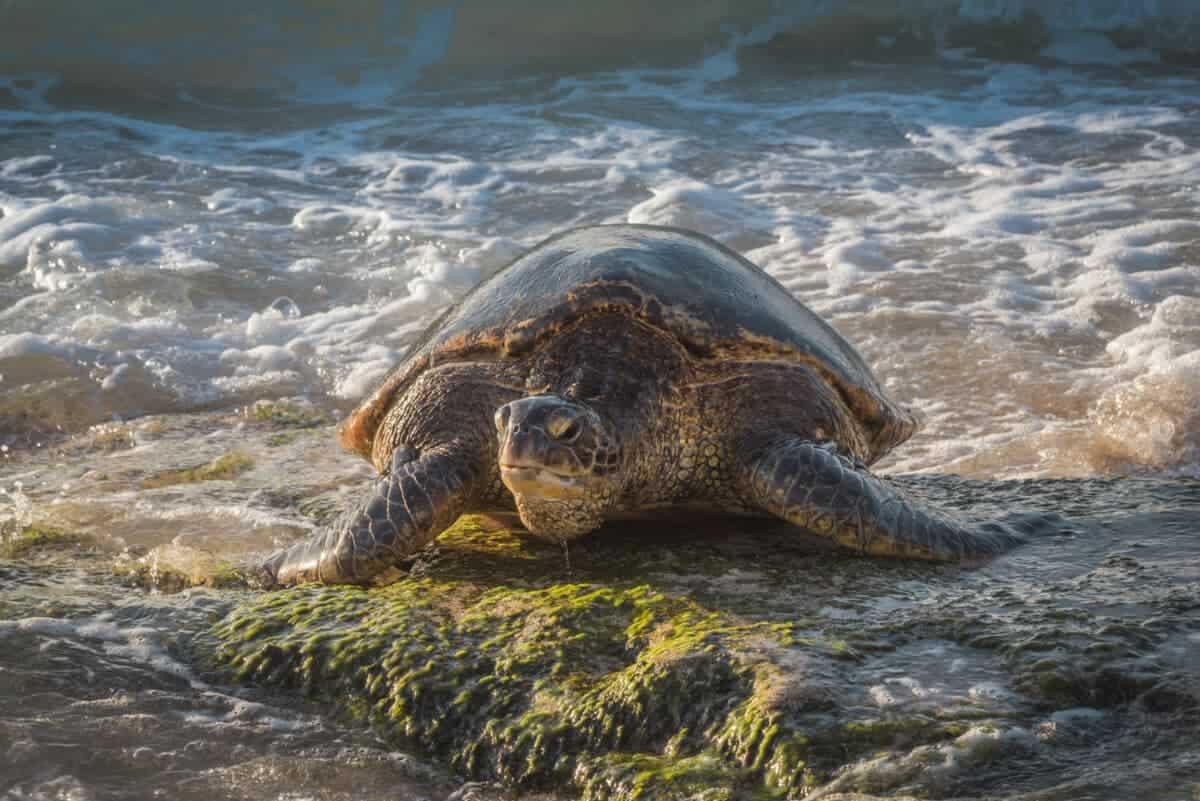
The Long Journey
For countless millennia, sea turtles have undertaken their arduous journey, with thousands making their determined crawl from the ocean to U.S. beaches over recent months. Despite escalating concerns regarding climate change threats, this year has witnessed record-breaking nesting activities, particularly in Florida.
The Stats
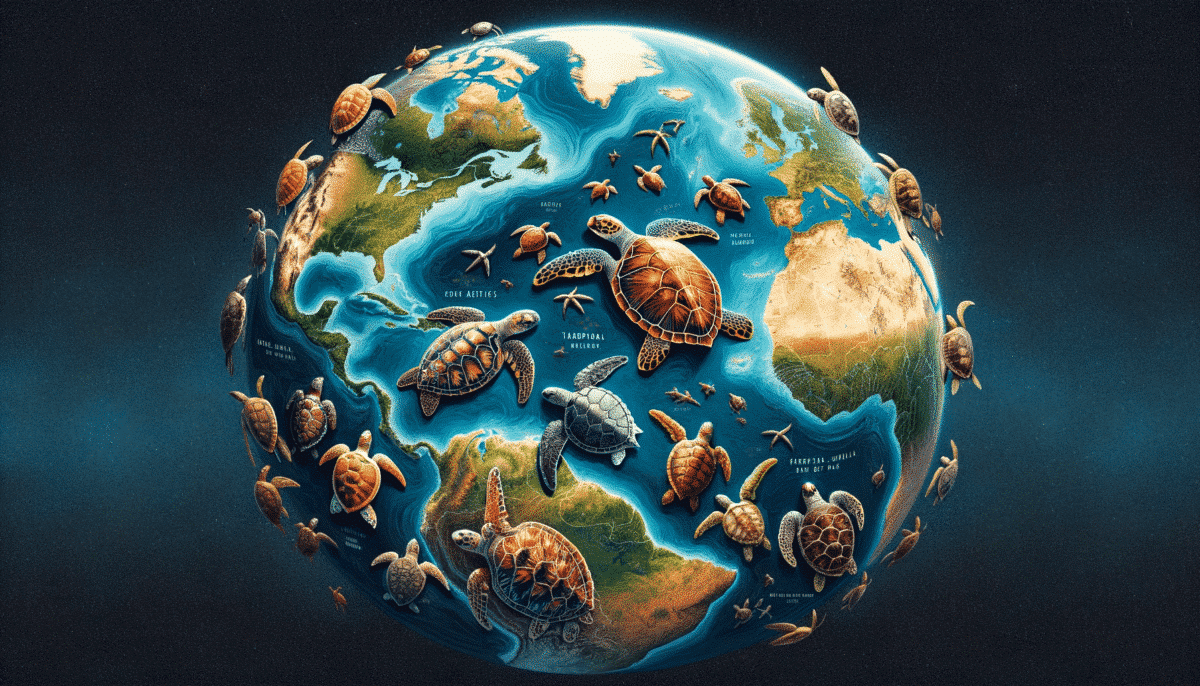
Preliminary state statistics reveal an extraordinary number of loggerhead turtle nests, surpassing the 2016 record with over 133,840 nests. Green turtles have also demonstrated an impressive surge, estimating at least 76,500 nests, surpassing the previous record set in 2017.
Whereabouts
South Carolina, Alabama, North Carolina, and Georgia have also reported substantial sea turtle nest numbers, although not all have surpassed records like Florida. Justin Perrault, Vice President of Research at Loggerhead Marinelife Center in Juno Beach, highlights the remarkable number of nests observed in Florida this year.
Check out: Humpback Whale Breaches Out Front Of Seattles Space Needle.
Different Species Of Turtles Found
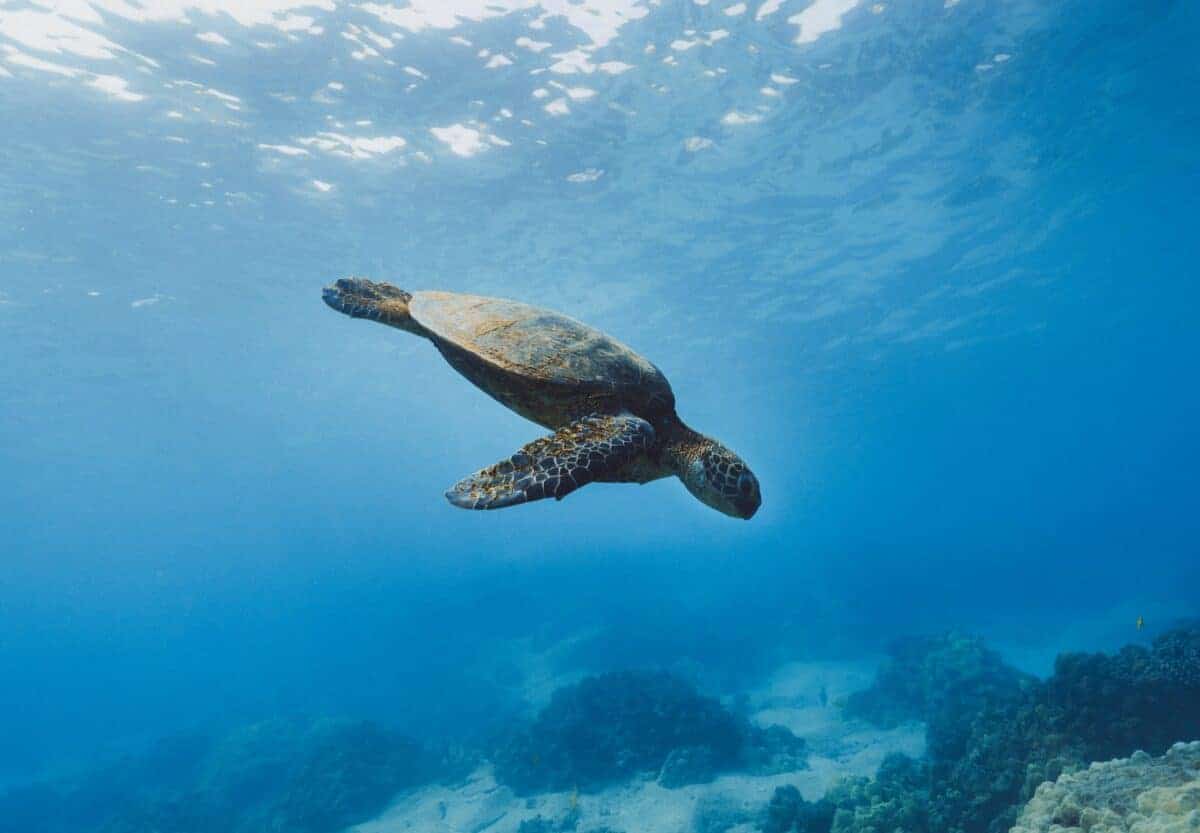
Seven sea turtle species exist: loggerhead, green, leatherback, hawksbill, Kemp’s ridley, olive ridley, and flatback. All these species are classified as either endangered or threatened. During summer nights, they come ashore, creating pits in the sand to deposit dozens of eggs. After covering the eggs, they return to the sea. Florida beaches hold particular significance as one of the world’s most vital hatcheries for loggerhead turtles.
Lifecycle of Turtles In US
Only about one in 1,000 sea turtle hatchlings live to adulthood. They face myriad natural threats, including predators on land and in the ocean, disruptions to nests and failure to make it to the water after hatching. This year along one stretch of Florida’s Gulf Coast where 75 nests had been counted, most were wiped out by the surge from Hurricane Idalia in August.
Check out: Electrifying Discovery Of Dolphins & Marine Intelligence.
Reproduction Cycle

Female turtles typically follow a three-year cycle for laying eggs, resulting in alternating years of increased and decreased nest numbers. The nesting process is physically demanding, and during the break years, females replenish their energy reserves to undergo the process once again.
The challenges have been compounded by climate change, which diminishes beaches through rising sea levels and intensifies tropical storms. Oceana, an international conservation group, highlights that hotter air, water, and sand, coupled with alterations in ocean currents crucial for turtle migration, further decrease their chances of survival.
Check out: Man Swallowed Then Gagged Up By Hippo While On Safari.
What Determines Turtles Gender
The determination of sea turtle sex is significantly influenced by sand temperatures. Typically, warmer temperatures result in a higher proportion of female turtles. Researchers at Florida State University project a substantial increase in sand temperatures globally by 2100. Moreover, hatchlings emerging from warmer nests tend to be considerably smaller and frequently exhibit slower development.
Threats of Climate Change
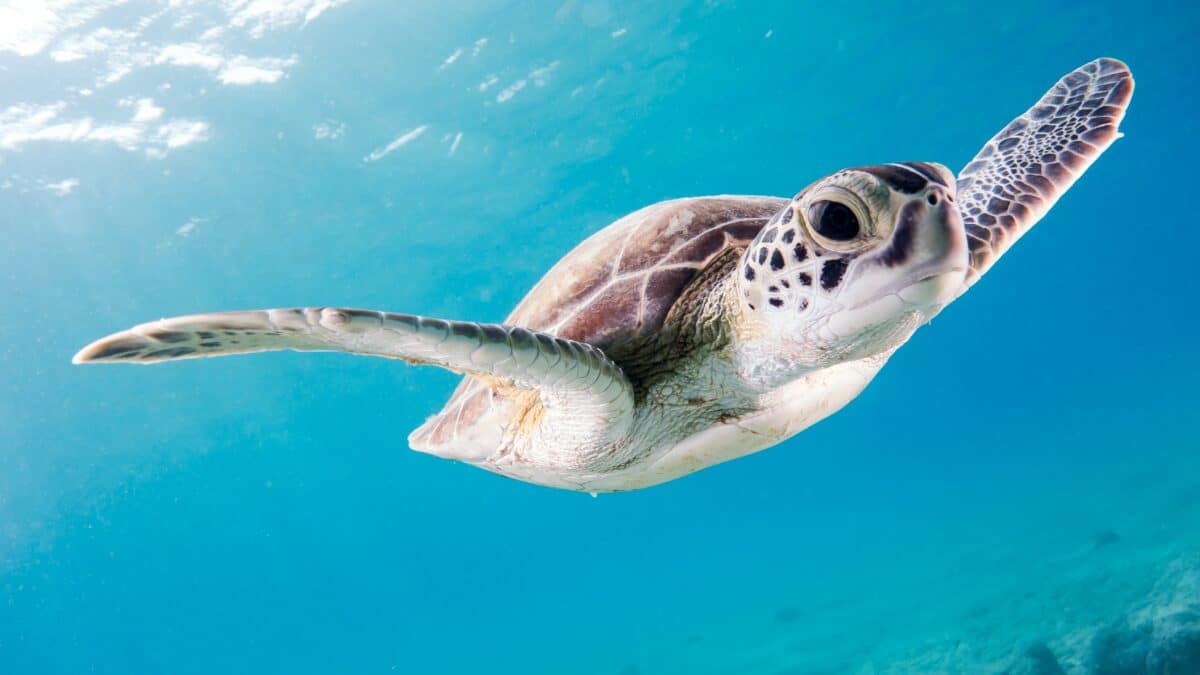
To adapt to shifting environmental conditions, sea turtles will need to alter their nesting times, either nesting much later or much earlier than their current patterns.
While turtles have adapted to changing climates over millions of years, the current rapid changes may occur too swiftly for them to evolve and adjust successfully.
Sea turtle mothers must already laboriously venture out of the water to locate an optimal nesting spot, a task made challenging in regions where seawalls constructed by humans obstruct their path. In such areas, some female turtles make multiple attempts, referred to as false crawls, before successfully identifying a suitable location.
The Journey To The Shore
Nests and hatchlings face threats from predators such as raccoons and coyotes. Once hatchlings emerge, they must navigate their way to the sea, contending with the risk of being captured by birds and other animals. Electric lights pose an additional challenge, disorienting turtles and leading them in the wrong direction on the beach instead of following the natural light from the moon and stars. Even when they commence their journey into the water, hungry fish pose yet another obstacle for these resilient creatures.
Wrap Up
Record numbers are being observed currently, but the hatchling production may not be as substantial. Looking ahead, 20 to 30 years from now, when these turtles return to nest, we might not witness the same record numbers we are experiencing presently.
If you enjoyed this article as much as me, check out the related article links below!
Next up:
Join our Forum for free today!

- Huge Pet Bison Breaks Into House - July 22, 2024
- Giant Black Bear Surprises Beachgoers by Emerging from the Ocean in Florida - July 22, 2024
- Brave Man Plays Instrument While Huge Bear Caresses His Shoulder - July 22, 2024

